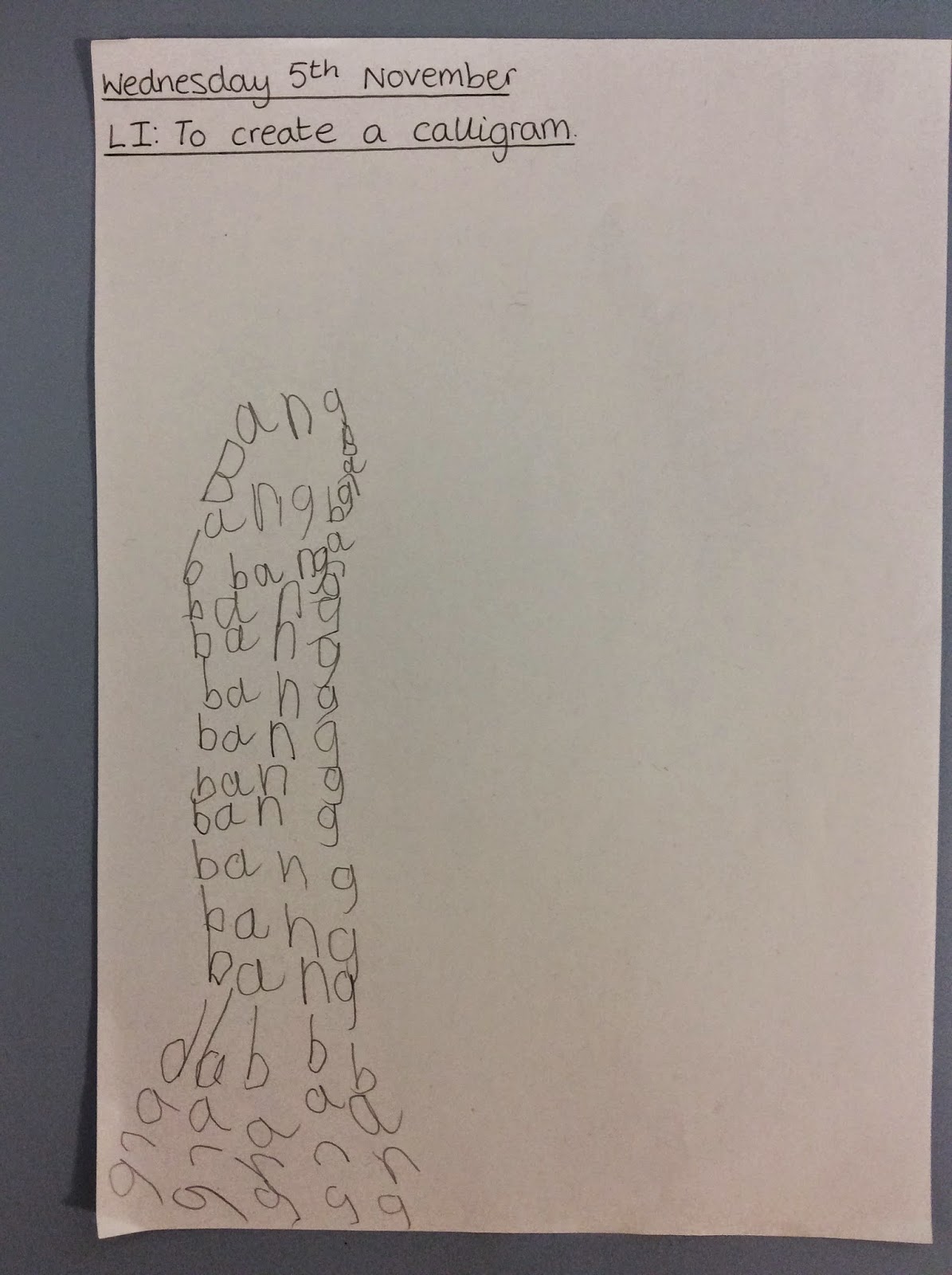Year One
This week in Literacy we have moved onto our non-fiction
unit. In keeping with our Polar Regions theme,
we have been exploring non-chronological reports about penguins. First we learned about the different features of a
non-chronological report:
- Title
- Introduction
- Subheadings
- Final point
- Technical language
We worked as a class to generate questions to ask her. We
discovered that when we asked a question beginning with who, what, when, where, why or how we got a much richer answer.
After her visit, we felt like penguin experts too. We decided
to work in pairs to interview each other about our emperor penguin knowledge:
Year Two
In History we have been learning to sequence the events of
The Great Fire Of London.
Sophia-Mai
We also attended a grammar show...
"We had to find the capital letters in the piece of writing" Ashwin 2D
“Captain Grammaticus taught us how to use exclamation marks
correctly.” Oli 2F
“It’s helped me to up-level my wiritng.” Phoebe 2F
“I really enjoyed seeing
Captain Grammaticus win the trophy for writer of the year.” Lilly 2F
Thank you for reading our blog, please leave a comment!


.JPG)

.JPG)
.JPG)














